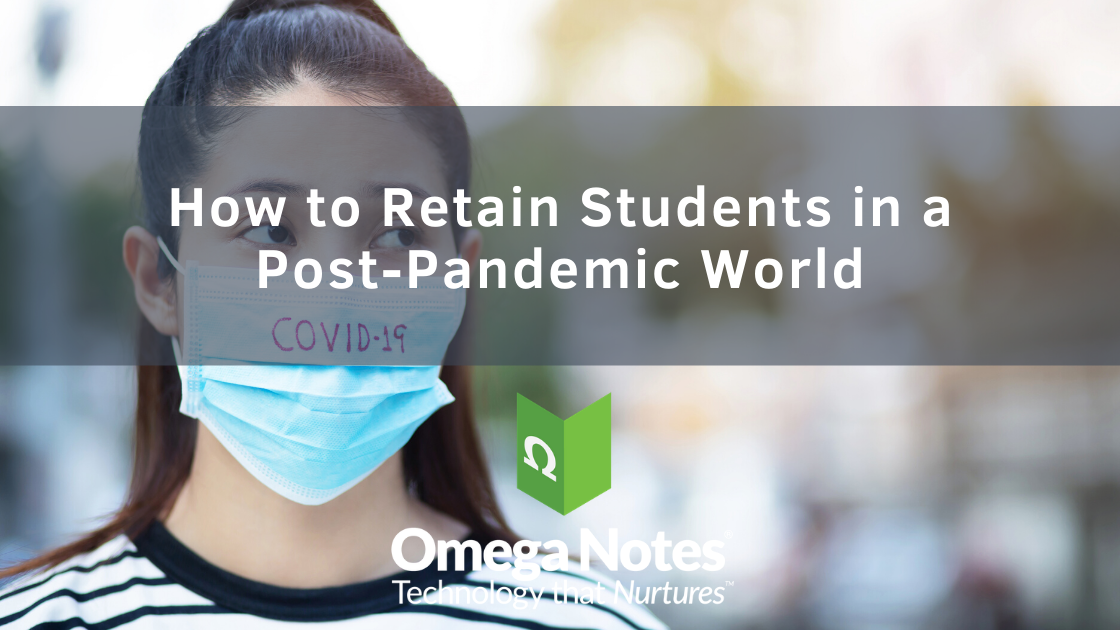Web-based learning and assessment platforms are steadily becoming more important in college classrooms. The rise in the availability of ebooks has made it easy for professors to pick a textbook without concerning themselves with issues such as physical weight, availability in the university library or inventory requirements at the local bookstore. In some cases, these ebooks can even be integrated with a university’s learning platform. The integration provides new opportunities for all stakeholders. Students can collaborate with their classmates online while they consume the ebook. Professors can keep track of this collaboration and identify students who might be in need of assistance or pick topics that need to be reinforced in the classroom. For administrators, collaboration can be used as a predictor of classroom success.
Research has repeatedly shown that on average, “groups” are more efficient at solving complex tasks when compared with individuals. Every person has a unique way of thinking. When students have the opportunity to interact with each other, they are able to draw more in-depth conclusions than they would be able to individually. Problems are easier to solve when you have broader perspectives as each student has a unique background.
Developing a product that focuses on real-time collaboration, in an education context, presents certain unique challenges. From the student’s perspective, real-time collaboration may just be a fancy word for direct messaging. Thus in student focus groups, participants find it difficult to find value in various collaboration technologies. So how can Edtech firms stand out? At Omega Notes, we believe that integration is king. Edtech developers must ensure that no feature, no matter how advanced, disrupts user workflow. In other words, the best tech is also the least visible. The Notebook by Omega Notes is seamlessly integrated into our Course Packs platform. What does seamless integration mean? We wanted to make it extremely easy for students to collaborate in real-time while they consume course material. A major flaw of old-school collaboration platforms such as (Google Docs, Online Chat, etc.) is that they require the student to navigate to a different window or tab. We felt that doing so interrupted the learning process. The Notebook panel is highlighted in yellow in the image below. Students can collaborate with peers or even interact with their professor without navigating away from the course content.
Making the Case
Product designers need to make the case for highly integrated collaboration platforms. And ultimately, the case needs to be made to professors. With the increased adoption of online learning resources, convincing professors is a much easier task. When course material is consumed digitally, it makes it possible to collect accurate analytics regarding student learning habits. We can now show professors that real-time collaboration results in higher rates of student success. With actual numbers, we can quantify the benefits of real-time collaboration.
References
John Kania & Mark Kramer, Collective Impact, SSIR, https://ssir.org/articles/entry/collective_impact#
Matt Davis, How Collaborative Learning Leads to Student Success, Edutopia, https://www.edutopia.org/stw-collaborative-learning-college-prep






Leave A Comment